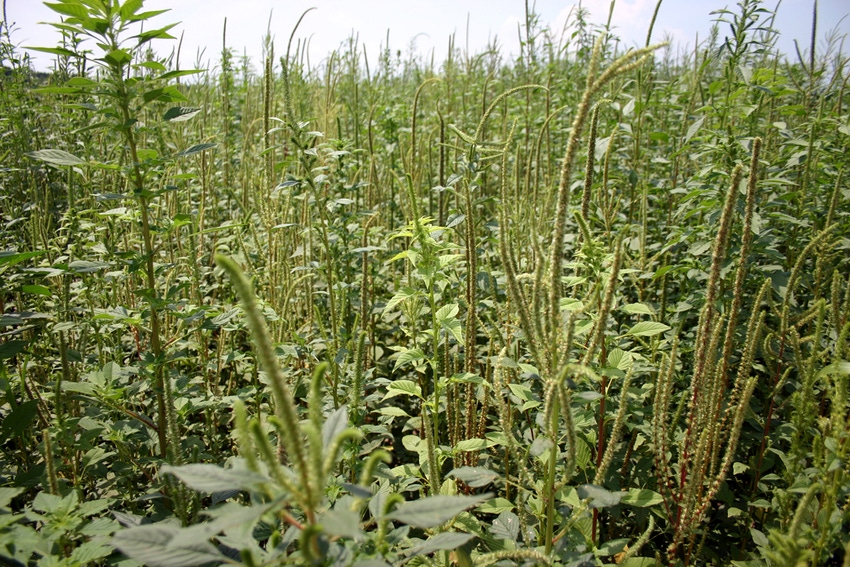
Drought will alter weed control programs
Some herbicides degrade on the surface faster than others. However, the problem they all have is pigweeds will typically emerge three to five days after planting. If the pre-emergence herbicide is not activated prior to that, it will miss the first flush of pigweeds.
June 17, 2011

We are having a typical Arkansas summer — we have gone from flooding to a drought in the span of a couple of weeks.
Many of the soybeans that have been planted have not had any activating rainfall on soil residual herbicides. In a lot of cases, farmers left off the residual treatment based on bleak rainfall forecasts.
I am wishing everyone an afternoon heating shower. A few have occurred. We need something to occur to change the dry pattern we are in.
I have written in a lot of articles the past several years about the things that commonly caused conventional weed control programs to fail in the days before Roundup Ready crops came along. Soil residual herbicides have again become a necessary part of a weed control program and they can do some great things — when they work, but without soil moisture for incorporated herbicides or activating rainfall or overhead irrigation for pre-emergence herbicides, they do not work.
The most common question I get is, “How long can herbicide X wait for a rain?” Some herbicides degrade on the surface faster than others. However, the problem they all have is pigweeds will typically emerge three to five days after planting. If the pre-emergence herbicide is not activated prior to that, it will miss the first flush of pigweeds.
That does not mean you may not get something out of it later, but the first flush is the one that usually determines the degree of success in the weed control program.
The only way I know that you can compensate for the first flush of pigweeds being missed is to apply the first postemergence herbicide sooner than perhaps you planned to. What typically happens in the dry years is there will be enough moisture at planting to get the pigweeds to emerge, but they will drought-stress very quickly. The higher the pigweed populations are, the sooner drought stress can occur.
As the postemergence application is delayed, the weeds get larger and they may also become more drought-stressed at the same time. This is a double whammy. What would typically happen prior to the Roundup Ready days is we would get a dry year where the residual herbicides would not get activated, the grower would then miss the timing of the first postemergence application a few days and the result was a grown-up mess. I am concerned we are headed down that road in a lot of fields this year.
If you are trying to control glyphosate-resistant weeds in a Roundup Ready crop, you are in a conventional weed control system.
Consider backing the application of your first Reflex, Flexstar or Blazer application up from 14 days after soybean emergence, for example, to seven days after emergence. You do not need to scout in that scenario, just spray. Be ready to repeat the postemergence treatment in a week, but I strongly recommend you adhere to one total application of fomesafen (Prefix, Reflex, Flexstar or generic if you are going to rotate to grain sorghum, corn or rice. I will talk more about that in a future article.
If you are planting LibertyLink soybeans, you have a lot more postemergence firepower. The LibertyLink system will have a huge advantage on glyphosate-resistant pigweeds if we stay in this weather pattern. However, this system has its limitations as well — especially when it comes to drought stress.
I recommend that you move the timing of the first Ignite application back to seven to 10 days after emergence instead of the normal 10 to 14 DAE. If the residual was not activated, don’t go look — just go spray.
If you kill the first flush of pigweeds, life will be easy. If you miss the timing of the first application or if at about five days after the application you suspect some weeds may be missed, repeat the treatment seven days after the first.
I also recommend under the current conditions that you raise the Ignite rate from 22 to 29 ounces.
Good luck and hopefully I have sent you a shower!
About the Author(s)
You May Also Like



